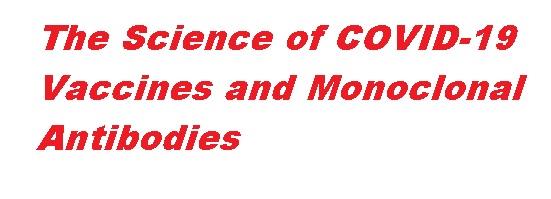A vaccine is a substance that teaches your body to recognize a foreign invader, such as a virus, sound an alarm to activate your immune system, and instruct your fighter cells and proteins to go to work to fight the virus. The goal of a vaccine is to eliminate or control the virus in your body, which could prevent infection, or control an infection from developing into disease. The vaccine causes the immune system to respond by looking as much like the invading virus as possible without causing disease itself.
Vaccines have been used for decades around the world. While smallpox is the only infectious disease to date that has been eliminated globally by vaccination, vaccines have reduced the burden of many other infectious diseases such as polio, measles, mumps, and pertussis. Most recently, vaccines for the prevention of human papillomavirus (HPV), pneumonia, and shingles have been developed.
Continue reading with secure site info @ coronaviruspreventionnetwor...
